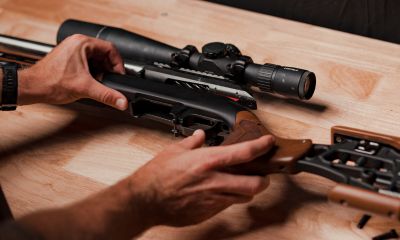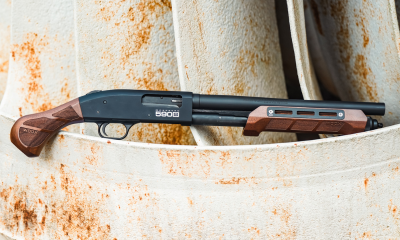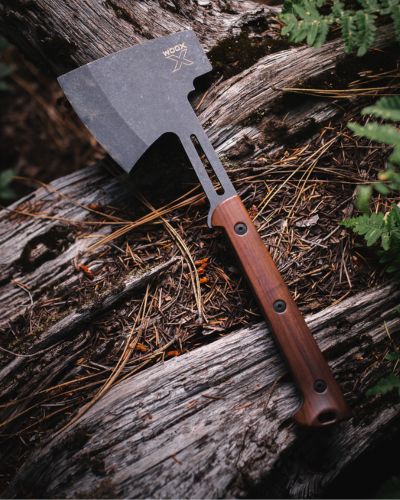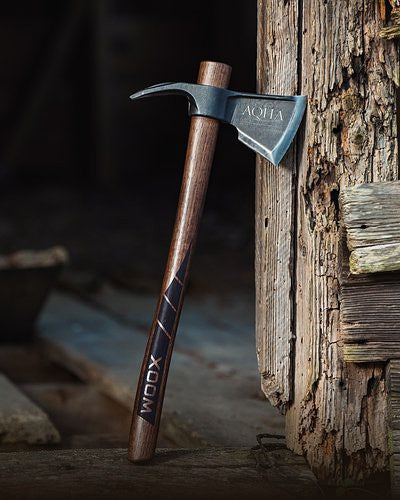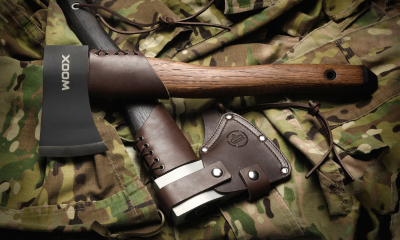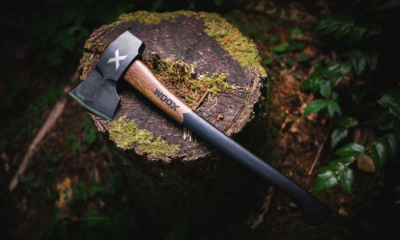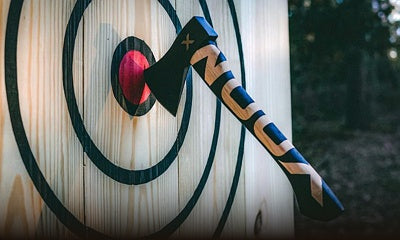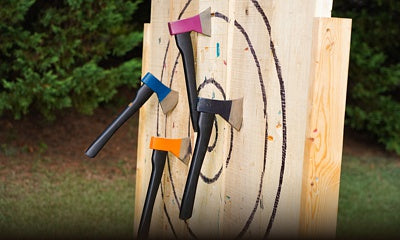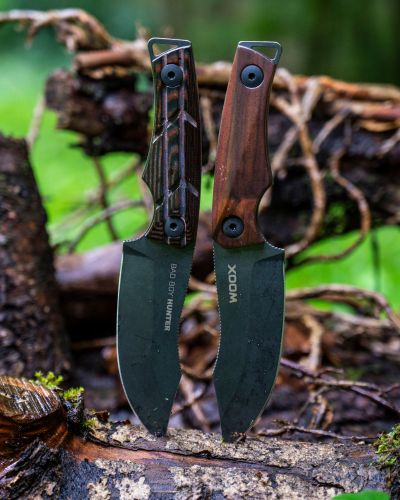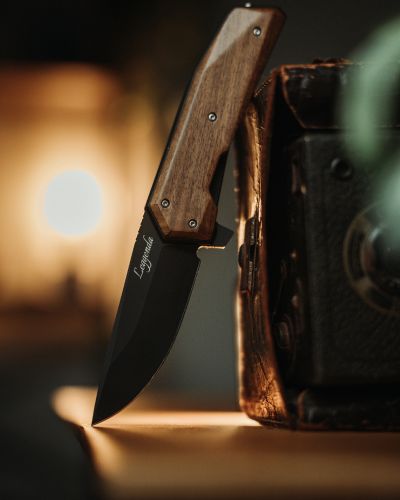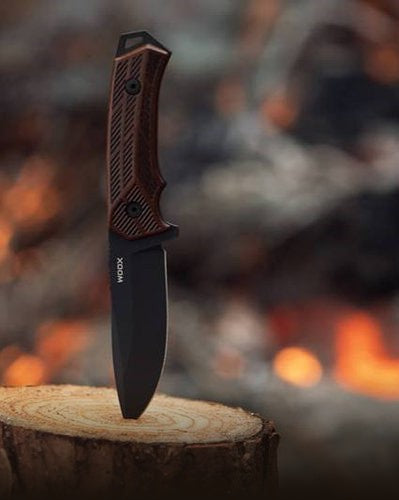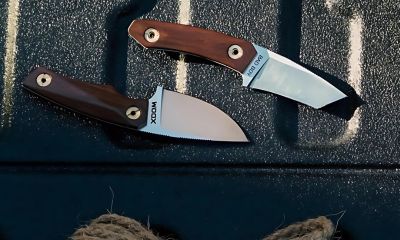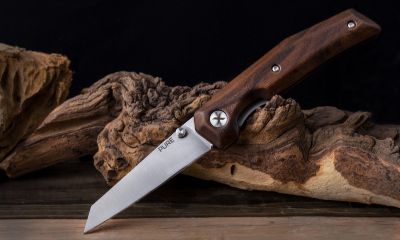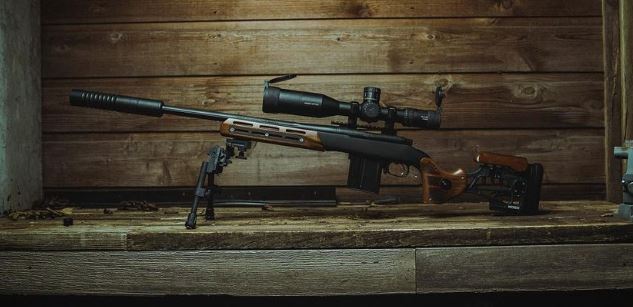
Types of wood for gunstocks: the definitive guide
The use of wood in gunstock making dates back hundreds of years, with the first recorded use of wood in firearms dating back to the 14th century. At this time, firearms were relatively simple devices that consisted of a barrel, a stock, and a mechanism for igniting the gunpowder. While the use of wood in gunstock making has a long and storied history, it continues to be a popular choice due to its aesthetics, durability, and ability to absorb shock.
Gunstocks are typically made from a variety of woods, each with its own unique properties and characteristics. Here are some of the most common gunstock woods:
1. Walnut: Walnut is a popular choice for gunstocks due to its attractive grain pattern and durability. It is also relatively easy to work with and finishes well, making it a good choice for custom gunstocks. Walnut is known for its strength and stability, and it is often used in the construction of high-end firearms. It can be finished with a variety of oils, stains, and other finishes to enhance its natural beauty and protect it from the elements.

Walnut is a popular choice for gunstocks due to its attractive grain pattern and durability. It is also relatively easy to work with and finishes well, making it a good choice for custom gunstocks
It's more than just walnut
In the context of woodworking, the grades of walnut wood are typically based on the appearance of the wood, specifically the amount of figure (patterns in the grain) and coloration present.
Here are some common grades that may be used to describe the quality of walnut:
• Plain or straight grain: Wood with a simple, uniform grain pattern and minimal color variation.
• Select: Wood with a moderate amount of figure and color variation.
• Fancy:Wood with a moderate to high amount of figure and color variation.
• Extra fancy: Wood with a very high degree of figure and color variation.
• Exhibitor grade: Wood that is of particularly high quality and suitable for use in woodworking competitions or exhibitions.
It's important to note that these grades are subjective and can vary depending on the standards of the person or organization grading the wood. Some organizations may have more stringent criteria for each grade, while others may have more relaxed standards.


2. Maple:Maple is another popular choice for gunstocks due to its strength and stability. It is also known for its beautiful grain pattern, which can be enhanced with a variety of finishes.
3. Birch: Birch is a strong and durable wood that is often used for gunstocks due to its resistance to moisture and changes in temperature. It is also relatively easy to work with and finishes well.
4. Beech: Beech is a strong and dense wood that is often used for gunstocks due to its good shock-absorbing properties. It is also relatively easy to work with and finishes well.
5. Cherry: Cherry is a softer wood that is often used for decorative gunstocks due to its attractive grain pattern and color. It is not as strong as some of the other woods listed here, but it can be a good choice for lighter firearms.
6.Laminated wood: Laminated wood gunstocks are made from layers of thin wood veneers that are bonded together with adhesive. They are often made from a combination of different woods, with each layer chosen for its specific properties and characteristics. One advantage of laminated wood gunstocks is that they are extremely strong and stable, making them suitable for use on high-powered firearms.

Laminated wood gunstocks are a good choice for those who are looking for a strong and durable option that is also relatively easy to work with. They are often used on high-powered firearms and are suitable for a wide range of shooting applications.
In addition to these common gunstock woods, there are many other woods that can be used for gunstocks, including oak, mahogany, and teak. Ultimately, the choice of wood for a gunstock will depend on the specific needs and preferences of the gun owner, as well as the type of firearm it will be used on.
How to refinish a wooden gunstock

Always wear protective gear and follow proper safety protocols when working with firearms and related components.
Staining gunstock wood can help to enhance its natural color and grain pattern, and also protect it from moisture and other environmental factors.
Before refinishing or staining a gunstock, it is important to follow the manufacturer's instructions and take all necessary precautions. Improper handling or refinishing of a gunstock can result in damage to the firearm and may void any warranties.
Here are the steps for staining gunstock wood:
1. Sand the wood: Sand the wood with fine grit sandpaper (around 220 grit) to remove any imperfections or rough spots. Wipe the wood down with a clean, dry cloth to remove any dust.
2. Apply a wood conditioner: Wood conditioner helps to even out the absorption of the stain, and can help to prevent blotchiness. Follow the manufacturer's instructions for applying the wood conditioner.
3. Apply the stain: Choose a wood stain that is suitable for the type of wood you are using. There are many types of stains available, including oil-based, water-based, and gel stains. Follow the manufacturer's instructions for applying the stain.
4. Wipe off excess stain: After applying the stain, wipe off any excess with a clean, dry cloth. Be sure to wipe in the direction of the wood grain.
5. Allow the stain to dry: Allow the stain to dry completely according to the manufacturer's instructions.
6. Apply a topcoat: Once the stain is dry, apply a topcoat to protect the wood and give it a glossy finish. There are many types of topcoats available, including polyurethane, varnish, and lacquer.
It's important to remember to use caution when staining gunstock wood, as some chemicals can be harmful if inhaled or ingested. Be sure to wear protective gear, such as gloves and a respirator, and work in a well-ventilated area.
Doubts about your WOOX stock finishing? Contact us.
Before refinishing or staining your WOOX gunstock, contact us. Improper handling finishing of our gunstock may void any warranties.



